Common signs include squealing or grinding noises, a vibrating brake pedal, or a decrease in braking responsiveness. It's also recommended to have them inspected every 15,000-20,000 miles.
Your vehicle's braking system is a crucial safety feature, and the brake components play a key role in ensuring effective stopping power. Whether you are driving in urban areas, cruising on the highway, or enjoying performance driving, selecting the appropriate type of braking material directly impacts your vehicle's safety and overall driving experience. This guide will explore the different types of braking components, how to choose the right ones for your car, and the signs that indicate it might be time for replacement.
What Are Brake Pads?
These components are essential to your car's disc braking system, designed to convert kinetic energy into thermal energy by creating friction. When you press the brake pedal, these parts press against the rotor, slowing down or stopping your vehicle.
Choosing the right set for your vehicle is critical to maintain safety and performance. There are various options available on the market, each suited to different driving styles and conditions.
Types of Brake Pads
Ceramic Pads
- Material: Constructed from a mix of ceramic fibers and bonding agents with metal elements like copper.
- Performance: Known for their quiet operation and low dust production, these are excellent for everyday driving.
- Pros: Long-lasting, minimal noise, and low dust production.
- Cons: More expensive and may not provide the high-performance stopping power needed for heavy-duty applications.
Semi-Metallic Pads
- Material: Made from a combination of metal fibers (such as steel) and resin.
- Performance: They offer excellent heat dissipation, making them suitable for high-performance and heavy-duty vehicles. However, they can be noisier and produce more dust.
- Pros: Durable, good heat resistance, and excellent braking power.
- Cons: Noisier than other types, increased rotor wear, and more dust.
Organic (NAO) Pads
- Material: Composed of natural materials like rubber and glass fibers bonded with resins.
- Performance: Softer, quieter, and provide a smooth braking experience, suitable for city driving.
- Pros: Quiet and low-cost.
- Cons: Shorter lifespan and reduced effectiveness under high temperatures.
Low-Metallic NAO Pads
- Material: A blend of organic materials with small amounts of metal.
- Performance: Better heat dissipation and braking power than standard organic pads.
- Pros: Enhanced performance compared to organic pads.
- Cons: More noise and dust production.
How to Choose the Right Brake Pads for Your Car
When selecting new braking components, consider your driving style, vehicle type, and the conditions you typically encounter:
- Identify Your Driving Style: For daily city and highway use, ceramic options are popular due to their low noise and minimal dust. Performance drivers may prefer semi-metallic options for their superior stopping power.
- Consider Your Vehicle: Larger vehicles, such as trucks or SUVs, used for towing, often benefit from the high stopping power of semi-metallic or low-metallic options.
- Evaluate Driving Conditions: In wet, snowy, or mountainous areas, options that offer consistent performance and excellent heat dissipation are essential. Ceramic and semi-metallic choices are recommended.
- Budget and Maintenance: While ceramic components might be pricier, their longevity and low maintenance needs could save money in the long run. Organic options provide a cost-effective solution for standard driving needs.
Signs It’s Time to Replace Your Brake Components
Over time, wear and tear will require replacement to maintain safety and performance. Here are some common signs that indicate it's time for new components:
- Squeaking or Squealing: High-pitched noises often indicate that the wear indicator is contacting the rotor.
- Grinding Sound: A grinding noise signals that the parts are completely worn out, requiring immediate attention.
- Reduced Braking Performance: If your vehicle takes longer to stop or feels less responsive, it might be due to worn components.
- Vibrations or Pulsations: Feeling vibrations in the brake pedal could indicate uneven wear or a warped rotor.
- Visual Inspection: If the thickness is less than 1/4 inch, it's time to replace them.
Maintenance Tips for Brake Pads
Regular maintenance can extend the life of your braking components:
- Regular Inspections: Check for signs of wear, cracking, or damage during routine vehicle inspections.
- Brake Fluid Maintenance: Proper brake fluid levels are essential for effective braking.
- Gentle Braking: Avoiding sudden stops helps reduce wear.
- Clean Components: Regular cleaning helps maintain optimal performance by reducing dust buildup.
Brake Pad Safety and Performance
Choosing the right components is crucial for safety and optimal driving performance. High-quality options can enhance stopping power, minimize noise, and reduce dust, providing a better driving experience. Make sure to select parts that meet your vehicle's specific needs and driving conditions.
For more information on choosing the right braking components and maintaining your vehicle’s braking system, visit our Learning Center. Our experts can help you make informed decisions for all your car maintenance needs.
Brake Pad Basics: Your Questions Answered
How do I know when it's time to replace my brake pads?
What are the different types of brake pads available?
The main types include organic, semi-metallic, and ceramic brake pads. Each has its own advantages and disadvantages in terms of performance, noise, and dust production.
What are the factors to consider when choosing brake pads?
Consider your driving style, vehicle type, and budget. If you do a lot of stop-and-go driving or have a heavier vehicle, you may need higher-performance pads.
Can I replace my brake pads myself, or do I need a professional?
While it's possible to replace brake pads yourself with the right tools and knowledge, it's generally recommended to have a qualified mechanic perform the job to ensure safety.
How long do brake pads typically last?
Brake pad lifespan varies depending on driving habits and conditions, but they typically last between 25,000 and 65,000 miles.
What is brake pad bedding?
Bedding is a process of gradually applying the brakes to transfer a thin layer of pad material to the rotor surface, improving braking performance and reducing noise.
Can I use any type of brake pads with my car?
It's essential to choose brake pads that are compatible with your specific make and model of vehicle. Consult your owner's manual or a trusted mechanic for recommendations.
What are the consequences of using worn-out brake pads?
Worn-out brake pads can lead to decreased braking performance, increased stopping distances, rotor damage, and potential safety hazards.
Are expensive brake pads always better?
Not necessarily. While more expensive pads may offer improved performance, it's important to choose pads that match your driving needs and budget.
How can I improve the lifespan of my brake pads?
Avoid aggressive driving habits, such as hard braking and accelerating. Coasting to stops and anticipating traffic can help reduce wear and tear on your brakes.
Suggestions for you
Read MoreLet’s work together
Every week we showcase three charitable organizations that our donations are sent to. Our clients are able to choose which of these three will receive their gift when they add coverage to their vehicle...

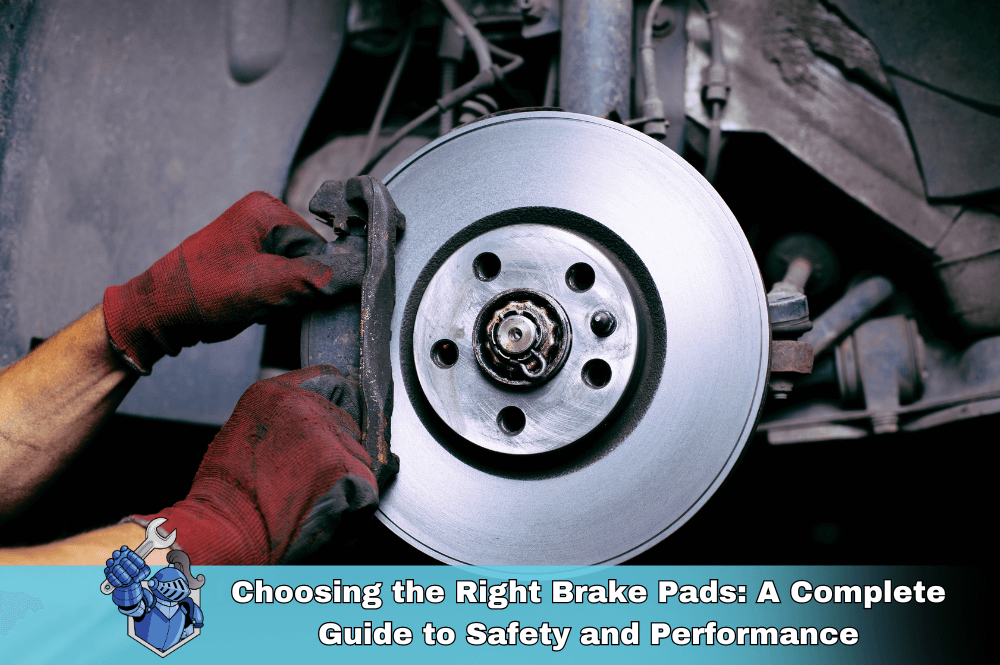
 Essential Tips For Care and Maintenance
Essential Tips For Care and Maintenance Making The Most Of Your Extended Car Warranty: Maintenance Tips
Making The Most Of Your Extended Car Warranty: Maintenance Tips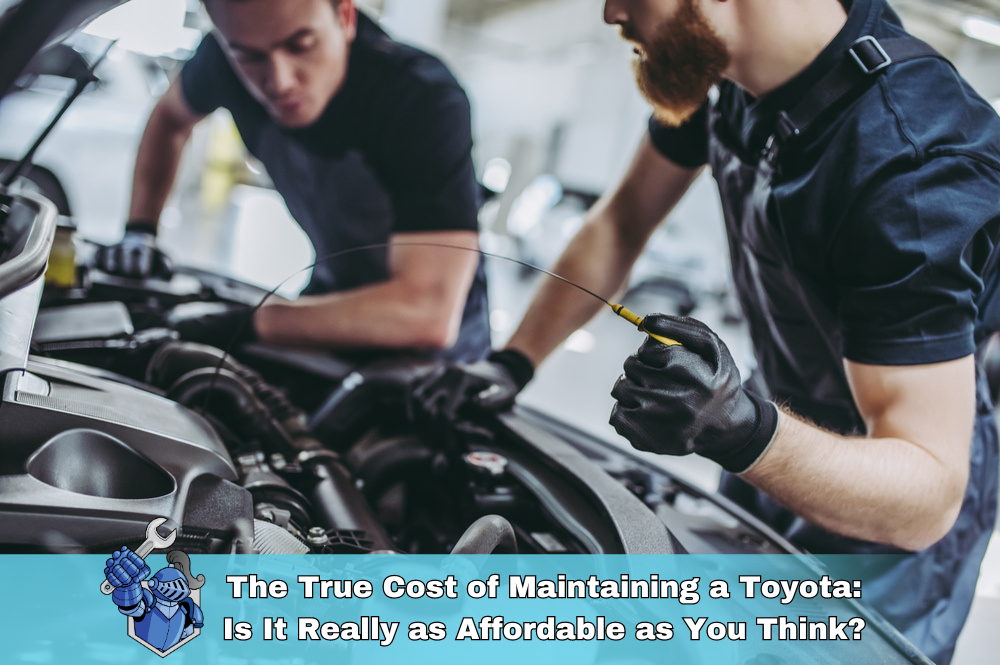 The True Cost of Maintaining a Toyota: Is It Really as Affordable as You Think?
The True Cost of Maintaining a Toyota: Is It Really as Affordable as You Think?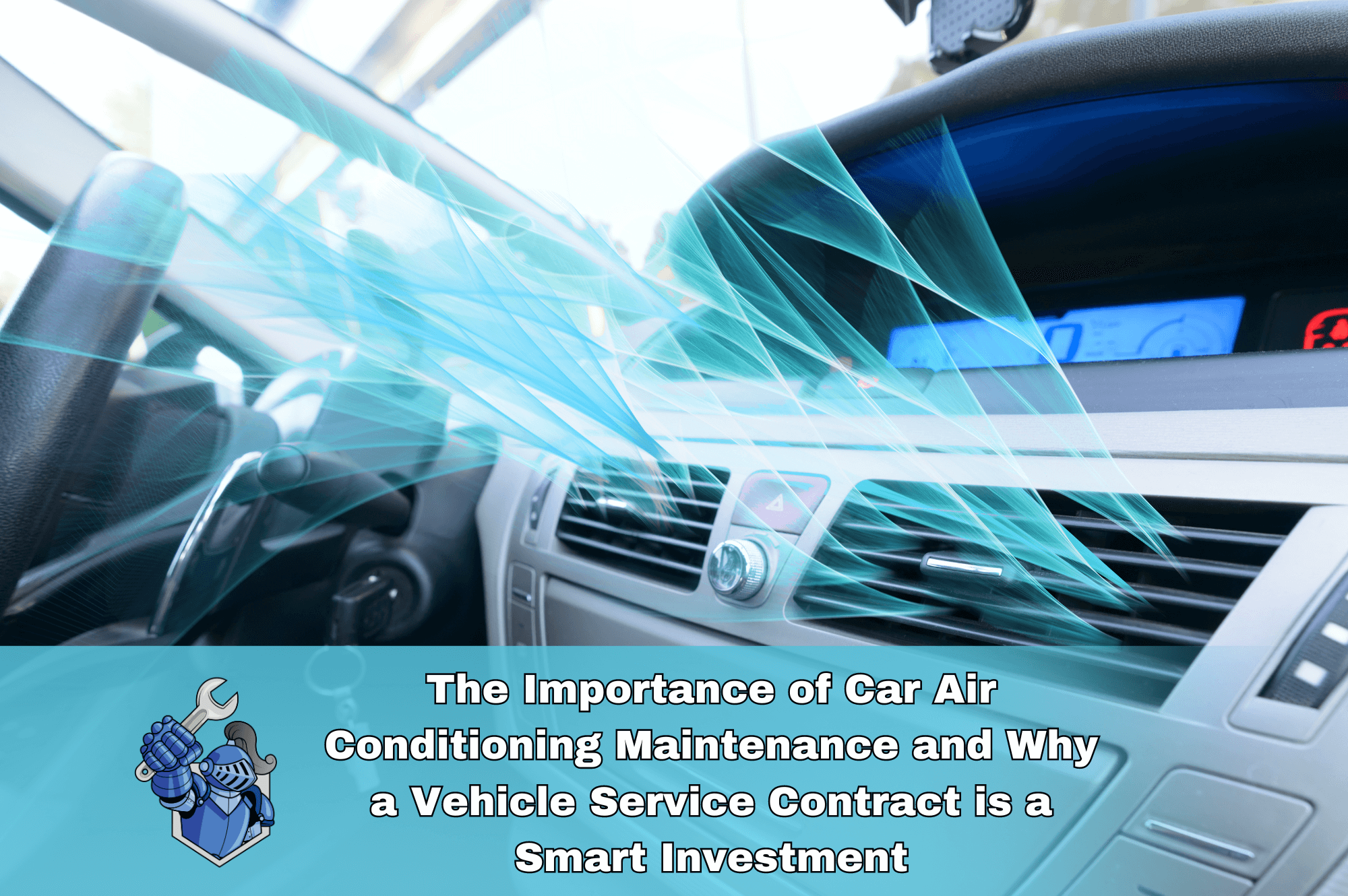 The Importance of Car Air Conditioning Maintenance and Why a Vehicle Service Contract is a Smart Investment
The Importance of Car Air Conditioning Maintenance and Why a Vehicle Service Contract is a Smart Investment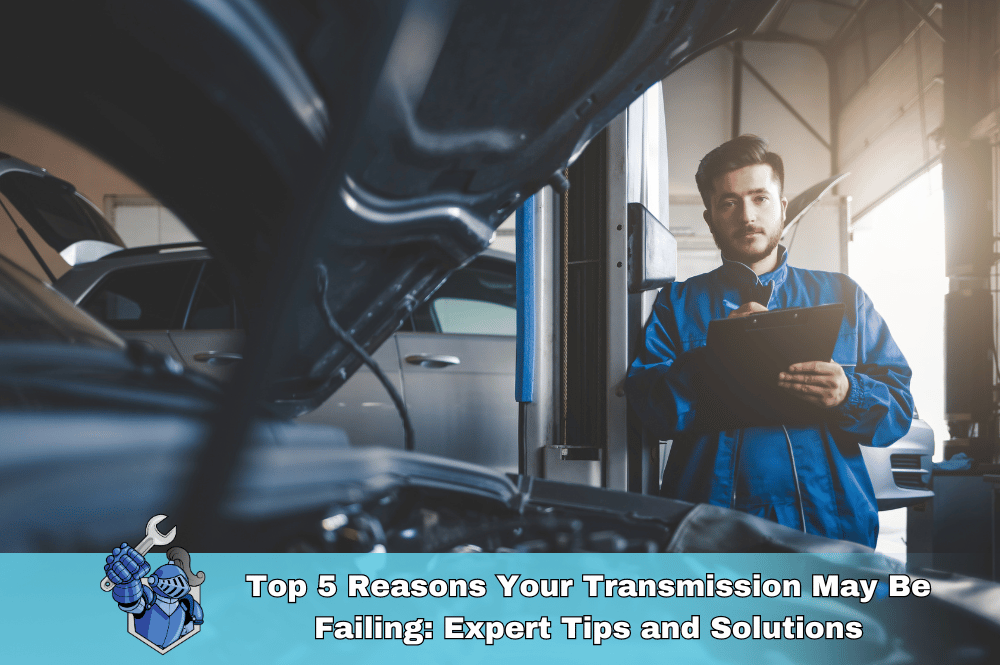 The Essential Guide to Car Maintenance: How to Keep Your Vehicle Running Smoothly
The Essential Guide to Car Maintenance: How to Keep Your Vehicle Running Smoothly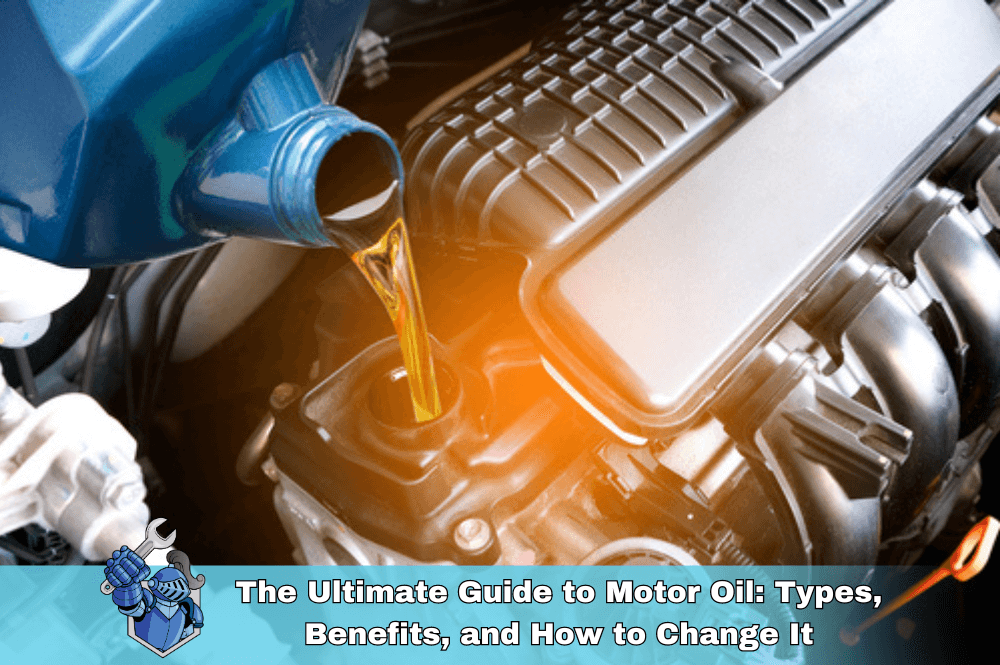 The Ultimate Guide to Motor Oil: Types, Benefits, and How to Change It
The Ultimate Guide to Motor Oil: Types, Benefits, and How to Change It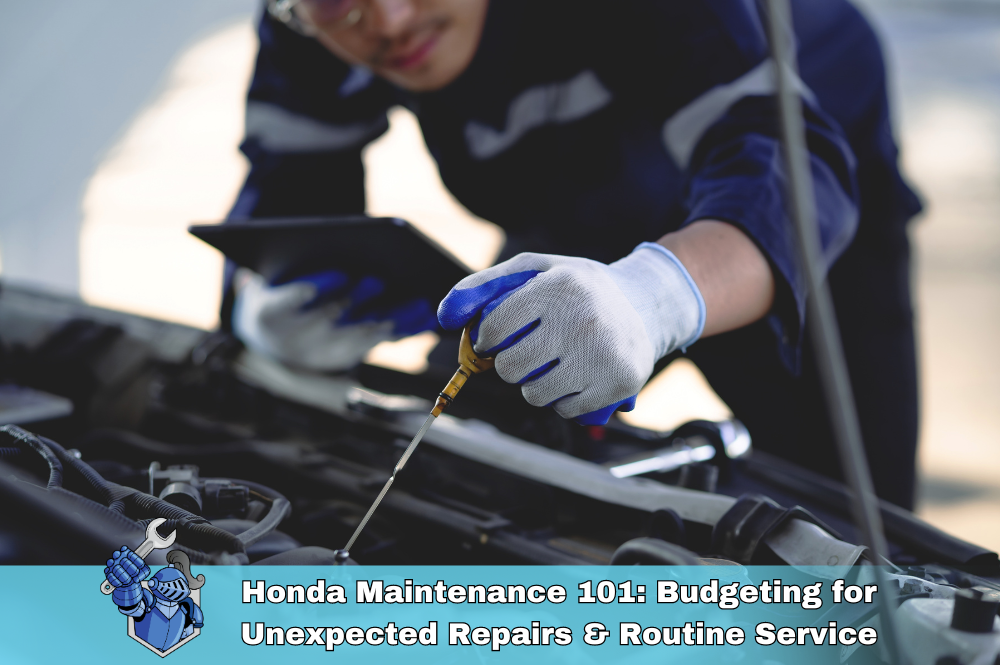 Honda Maintenance 101: Budgeting for Unexpected Repairs & Routine Service
Honda Maintenance 101: Budgeting for Unexpected Repairs & Routine Service

